Superorder Neoaves Scientific name Himantopus himantopus Higher classification Himantopus Order Shorebirds | Infraclass Neognathae Suborder Charadrii Genus Himantopus Phylum Chordata Rank Species Subclass Modern birds | |
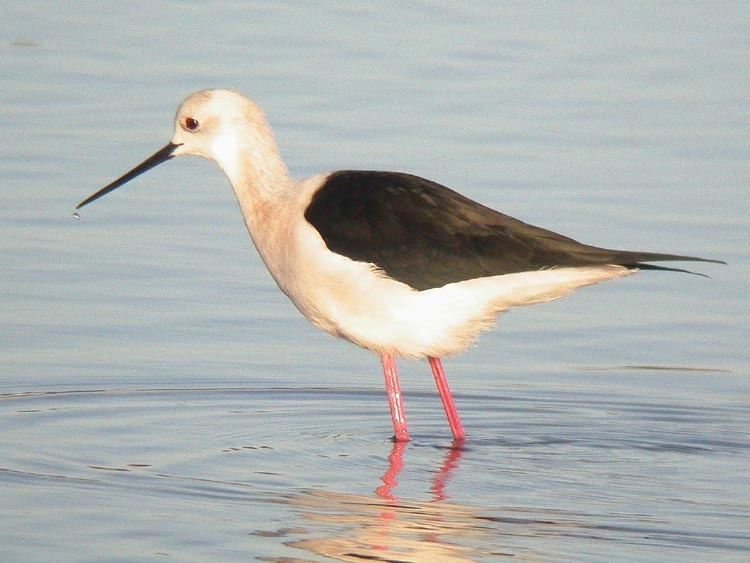 | ||
Similar Bird, Pied avocet, Cattle egret, Little ringed plover, Avocet | ||
Black winged stilt at hayle estuary wildlife in cornwall
The black-winged stilt, common stilt, or pied stilt (Himantopus himantopus) is a widely distributed very long-legged wader in the avocet and stilt family (Recurvirostridae). Opinions differ as to whether the birds treated under the scientific name H. himantopus ought to be treated as a single species and if not, how many species to recognize. The scientific name Himantopus comes from the Greek meaning "strap foot" or "thong foot". Most sources today accept 2–4 species.
Contents
- Black winged stilt at hayle estuary wildlife in cornwall
- Delicate darlings black winged stilt bird
- Description
- Taxonomy and systematics
- Ecology and status
- References
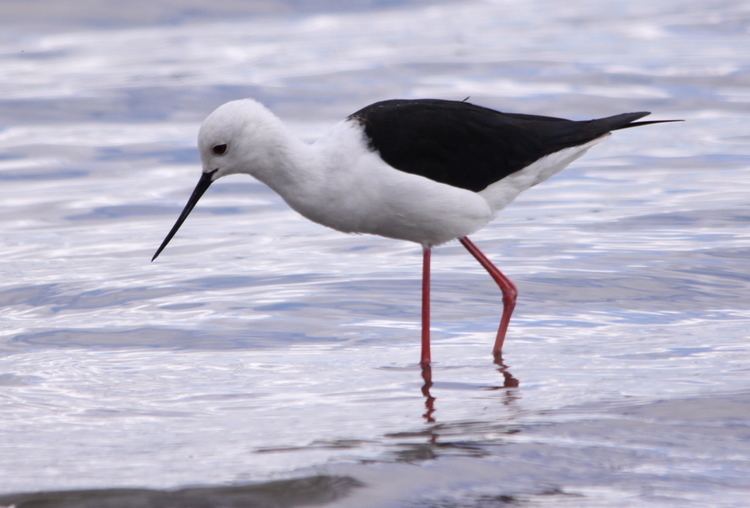
Delicate darlings black winged stilt bird
Description
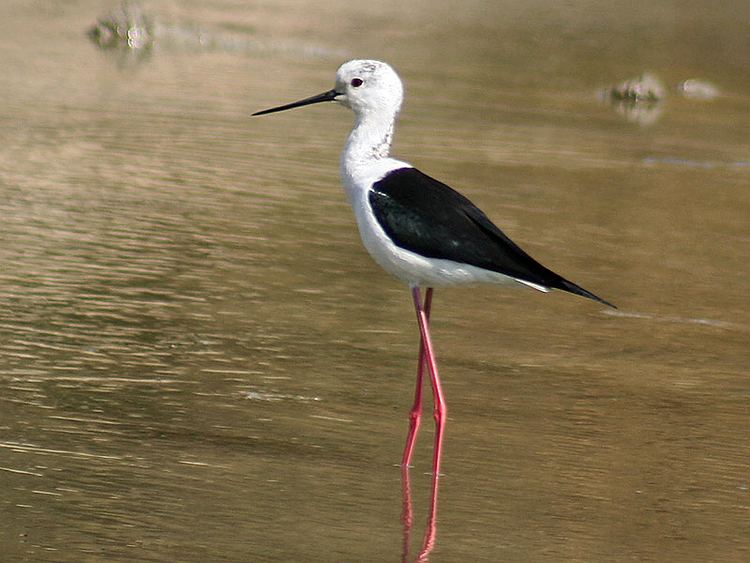
Adults are 33–36 cm (13–14 in) long. They have long pink legs, a long thin black bill and are blackish above and white below, with a white head and neck with a varying amount of black. Males have a black back, often with greenish gloss. Females' backs have a brown hue, contrasting with the black remiges. In the populations that have the top of the head normally white at least in winter, females tend to have less black on head and neck all year round, while males often have much black, particularly in summer. This difference is not clear-cut, however, and males usually get all-white heads in winter.

Immature birds are grey instead of black and have a markedly sandy hue on the wings, with light feather fringes appearing as a whitish line in flight.
Taxonomy and systematics
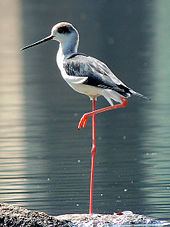
The taxonomy of this bird is still somewhat contentious. Some describe as many as five distinct species; others consider some or all of these to be subspecies. In addition, two dubious subspecies are also sometimes listed, but not as independent species. In the most extensive circumscription, with one species and 5–7 subspecies, this bird is often called common stilt. The name black-winged stilt on the other hand can specifically refer to the Old World nominate subspecies. The commonly accepted taxa are:
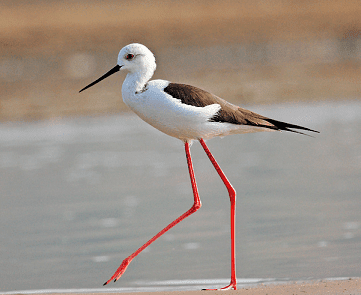
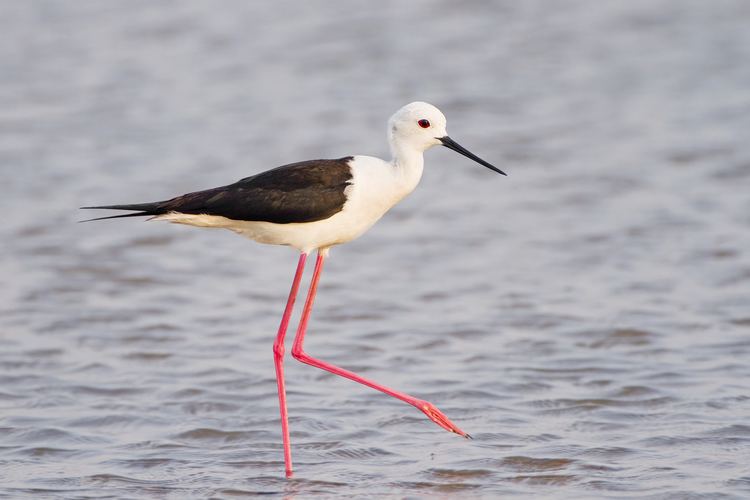
Ecology and status
The breeding habitat of all these stilts is marshes, shallow lakes and ponds. Some populations are migratory and move to the ocean coasts in winter; those in warmer regions are generally resident or short-range vagrants. In Europe, the black-winged stilt is a regular spring overshoot vagrant north of its normal range, occasionally remaining to breed in northern European countries. Pairs have successfully bred in Britain in 1987, and after a 27-year hiatus, two instances of successful breeding in Southern England in 2014.
These birds pick up their food from sand or water. They mainly eat insects and crustaceans.
The nest site is a bare spot on the ground near water. These birds often nest in small groups, sometimes with avocets.
The Hawaiian population is endangered due to habitat loss and probably also introduced predators. The IUCN recognizes 3 species at present, merging the Hawaiian and South American birds with the black-necked stilt; consequently, none of the three is listed as a threatened species. The black-winged stilt is one of the species to which the Agreement on the Conservation of African-Eurasian Migratory Waterbirds applies.
